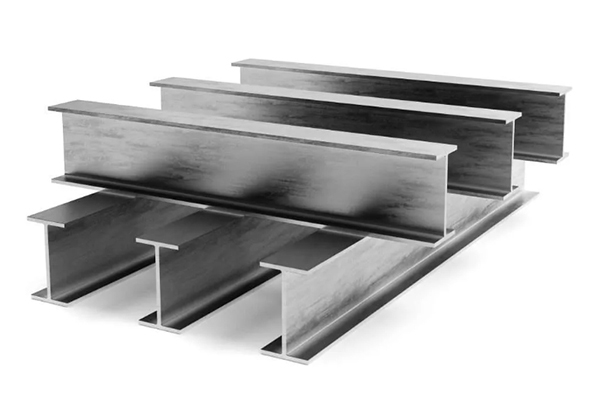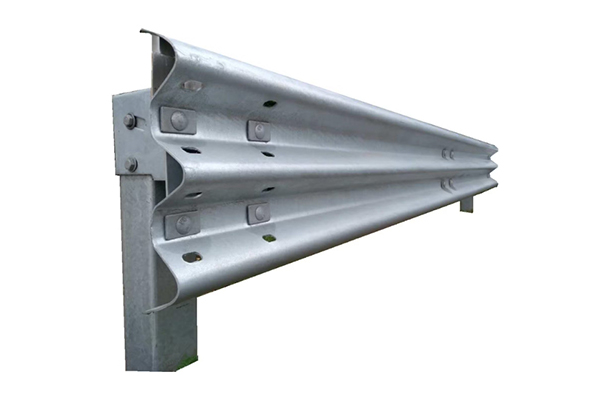The difference between H-beam and W-beam primarily lies in their shape and typical applications:
1. Shape and Design:
- H-beam (also known as I-beam or Universal Beam):
- The H-beam has a cross-section that resembles the letter “H.” It consists of two horizontal flanges (the top and bottom parts) connected by a vertical web.
- The flanges are typically wider compared to the web, giving it a distinctive “H” or “I” shape. This design is efficient for carrying bending loads, especially in compression and tension.

- W-beam (Wide Flange Beam):
- The W-beam is also an I-beam but has flanges that are relatively wider and thicker compared to the web. Its profile looks like the letter “H” as well, but it is often designed to handle larger loads or stresses in structures.
- The key distinction is that the W-beam is typically designed to be wider and is meant for heavier-duty applications where larger loads are expected.

2. Applications:
- H-beam:
- It is commonly used in construction and steel structures for beams, columns, and supports where load-bearing capacity and structural integrity are important.
- They are often used in bridges, skyscrapers, and large industrial buildings.
- W-beam:
- It is more commonly used for highway guardrails or safety barriers. The term “W-beam” is frequently associated with roadside barriers, though it is also used in structural steel applications.
- The wider flange design makes it effective in resisting bending and distributing loads in specific applications, such as safety guardrails or heavy-duty support structures.
3. Strength and Durability:
- H-beam: Generally, H-beams are preferred when the application requires a high level of strength-to-weight ratio for vertical load-bearing structures.
- W-beam: The wider flanges of the W-beam allow for better distribution of loads and increased resistance to bending forces, making it suitable for areas that require greater impact resistance or are subject to more dynamic forces.
In summary, while both H-beams and W-beams share similar basic geometry, the W-beam is specifically designed for more robust, heavy-duty applications, particularly in highway guardrails and larger, load-bearing structural uses. The H-beam, on the other hand, is used in a wider range of construction applications for general load-bearing and structural integrity.
Post time: Nov-15-2024



